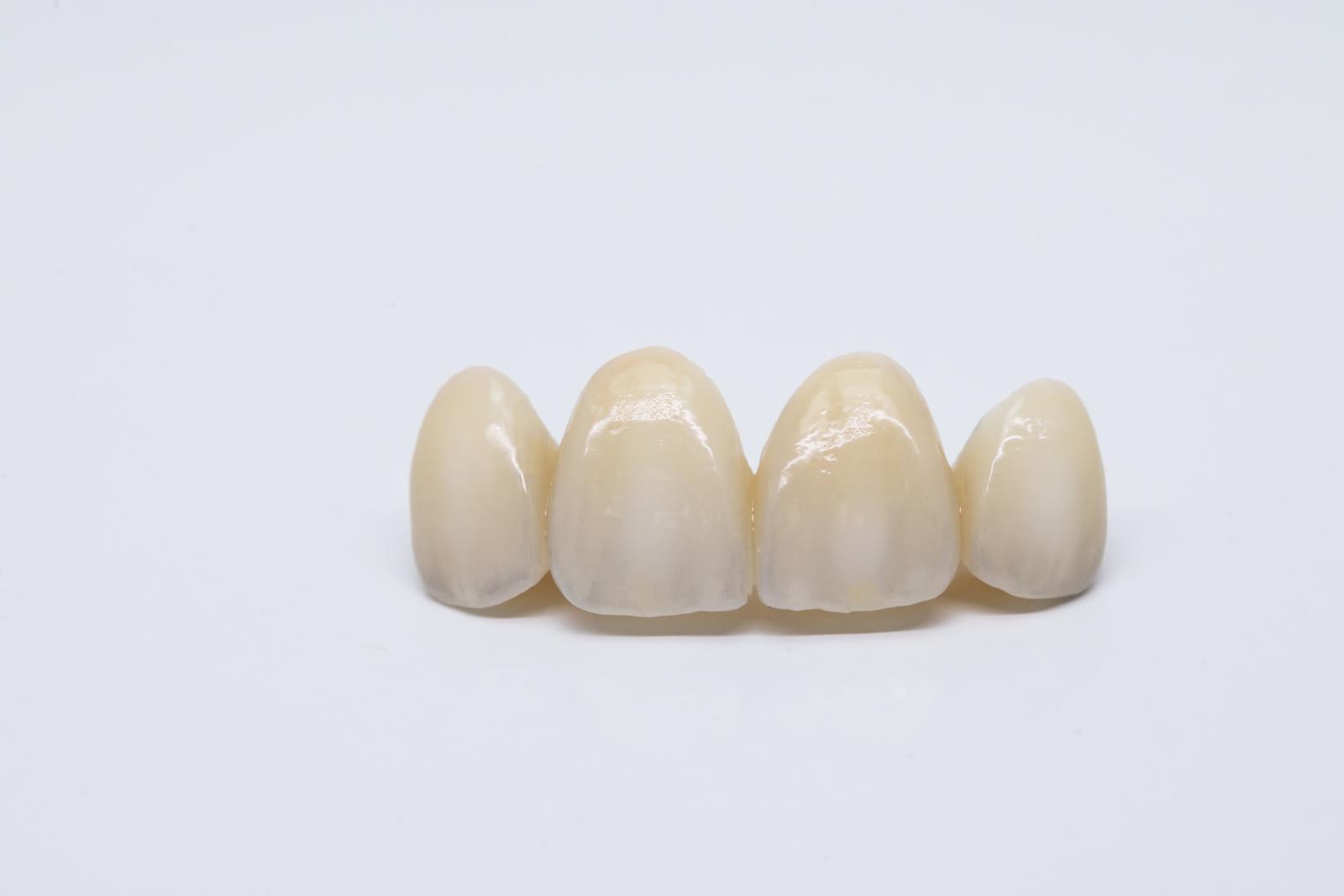Get A Brighter Smile For The Holidays With Professional Teeth Whitening In St. George
The holiday season is filled with family gatherings, festive parties, and countless photo opportunities. As you prepare your outfits and plan your get-togethers, don't forget one of the most impactful accessories you can wear: a bright, confident smile. A radiant smile can light up a room and make you feel your best in every holiday…


